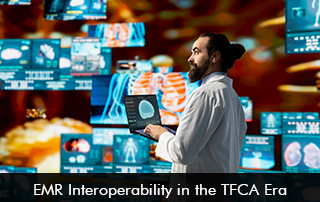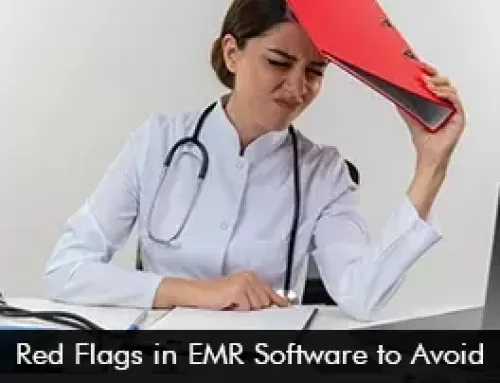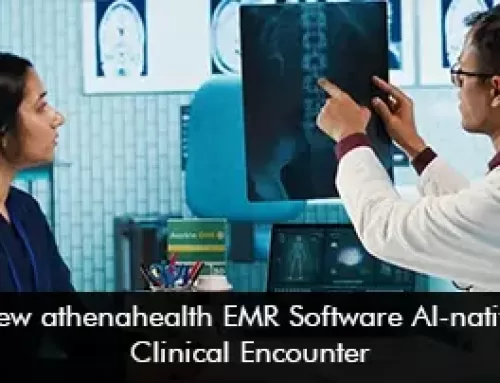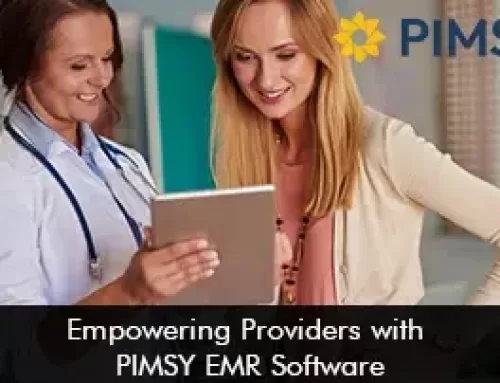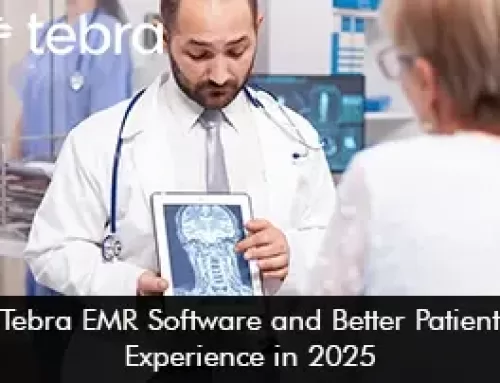Healthcare is changing, and Electronic Medical Records (EMR) Software interoperability is at the heart of it. This means that systems can easily talk to each other and share information. The Trusted Exchange Framework and Common Agreement (TEFCA) is pushing EMR software to surpass what it has always done. The goal is to make a connected healthcare ecosystem where data moves easily between platforms, leading to better patient care.
TEFCA: What it is and why it Matters in EHR Software Interoperability
The Office of the National Coordinator for Health IT (ONC) created TEFCA as a nationwide plan to facilitate the sharing of health data between different IT systems. The main idea is to make data sharing the norm rather than a rare exception.
Under TEFCA, EMR Software vendors are pushed (and sometimes mandated) to use open standards like FHIR (Fast Healthcare Interoperability Resources) and to join what are called Qualified Health Information Networks (QHINs). The upshot? Information can now flow smoothly from your primary care doctor to a specialist, a hospital, or even a pharmacy—no more waiting or relying on outdated fax machines.
EMR Software: Connecting the Dots in Healthcare
EHR software was initially like silos, making it tough for doctors to see the complete health story of their patients. But now, with the help of TEFCA, which focuses on interoperability, EMR Systems can:
- Grab a patient’s latest health data from different hospitals or clinics in real-time.
- Send and get referrals that include all the necessary medical details.
- Cut down on unnecessary repeat tests by sharing past lab results and images.
- Make moving patients between different healthcare providers smoother and safer.
Essentially, this better flow of information in the Electronic Health Records Software helps doctors make better choices, lightens the load of paperwork, and makes patients safer.
Benefits of EMR Software Interoperability for Patients and Providers
Interoperable EHR software is a win-win for both healthcare providers and patients. Providers can quickly access patient histories, medication lists, and notes from specialists, which leads to more accurate diagnoses and better-coordinated treatment plans. For patients, this means they don’t have to keep repeating their medical history or lugging around paper records.
It also leads to fewer medication errors, quicker interventions, and an overall better experience. In emergencies, fast access to critical health data can even be life-saving.
Preparing for What’s Next with TEFCA
TEFCA isn’t just a good idea; it’s the coming reality. Medical practices still relying on old or incompatible EMR Systems are at risk of being left behind. To stay ahead, healthcare providers need to:
- Ensure their EHR Software System is up to date with TEFCA requirements.
- Join QHINs to enable wider data exchange.
- Get their teams ready by teaching them how to use the latest tools and processes in EMR Software for seamless data sharing.


